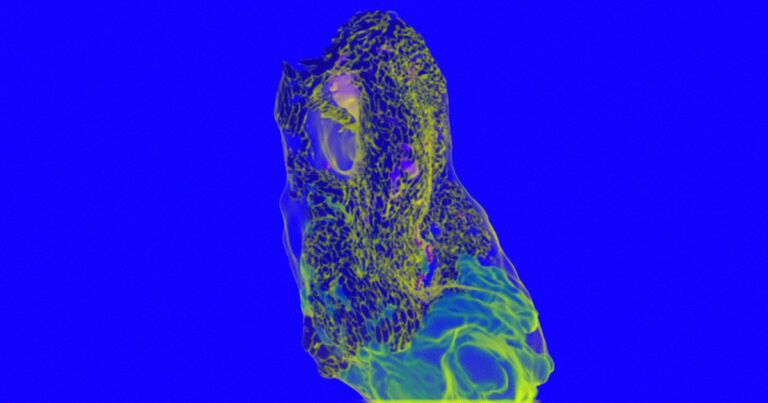“It seems like they may be onto something,” Dr. Valery Fitzhugh, a Rutgers University pathologist who didn’t work on the study, told the NYT. “If it’s real, it could change the way we look at disease in this region.”
The fourth pair of salivary glands are better hidden than the other three, which are right beneath our skin and can be manipulated through the surface. So unless doctors were explicitly looking for them, it’s feasible to see how the easily-damaged glands went undiscovered all this time.
“The location is not very accessible, and you need very sensitive imaging to detect it,” study author Dr. Wouter Vougel, a radiation oncologist at the Netherlands Cancer Center, told the NYT.










Comments are closed.